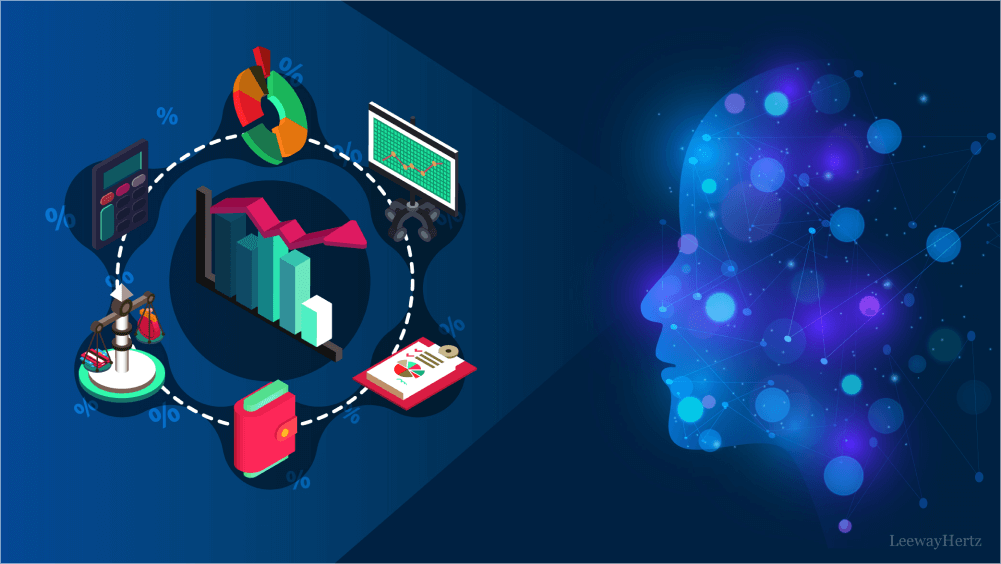In today’s fast-changing business world, digital skills are essential. By July 2025, workplaces are rapidly changing due to artificial intelligence, cloud computing, cybersecurity, and hybrid work. Digital literacy now means more than just using computers; it includes knowing digital tools, understanding data, working online with others, and communicating safely.
Employees at every level are expected to navigate digital platforms efficiently, use online tools for collaboration, manage data responsibly, and adapt to new software with minimal learning curves. This shift underscores the critical importance of equipping the workforce with digital competencies. Companies that prioritize digital literacy enjoy increased productivity, better decision-making, improved innovation, and higher levels of job satisfaction and employee engagement.
Defining Digital Literacy in the Modern Age
Digital literacy in the modern workplace extends far beyond knowing how to use a word processor or send an email. It includes the ability to critically evaluate online information, understand digital ethics, work across various platforms, and leverage digital technologies to solve real-world problems. It also encompasses knowledge of cybersecurity, understanding of cloud applications, and comfort with using mobile and AI-powered tools.
As of 2025, digital literacy also includes proficiency in using collaborative tools like Microsoft Teams, Slack, Zoom, Google Workspace, and data analytics platforms like Power BI or Tableau. Employees must be comfortable navigating cloud-based environments, remote file storage systems, and digital project management tools such as Asana or Trello.
The modern definition also emphasizes adaptability, since software and tools evolve rapidly. A digitally literate workforce is flexible and open to continuous learning, which is essential in today’s tech-driven job market.
Enhancing Productivity and Efficiency
One of the most direct benefits of digital literacy is enhanced workplace productivity. Digitally literate employees can perform tasks faster, avoid errors, and collaborate efficiently. They can automate routine processes, utilize keyboard shortcuts, and apply software features that reduce manual labor.
For example, knowing how to create pivot tables in Excel, use macros, or manage customer data through a CRM system can significantly streamline operations. Employees who understand these tools can generate reports quickly, access shared files without confusion, and troubleshoot minor issues without needing constant IT support.
Moreover, digitally competent employees are better at multitasking across devices and platforms. With the right skills, workers can shift between email, video conferencing, shared drives, and task trackers fluidly, without productivity gaps or bottlenecks.
Supporting Remote and Hybrid Work Environments
Since the COVID-19 pandemic, remote and hybrid work arrangements have become widespread, and in 2025 they remain a standard part of many organizations. This shift has placed greater emphasis on digital literacy, as employees must be proficient in using virtual communication tools, managing remote collaboration, and accessing cloud-based work environments.
Digital literacy ensures that employees can conduct virtual meetings effectively, share documents securely, and maintain consistent communication with their teams. Without these skills, remote work can result in confusion, reduced productivity, and broken workflows.
Organizations with digitally literate teams experience fewer disruptions when transitioning between in-office and remote work. They are also better equipped to maintain data security, ensure continuity in project management, and uphold accountability in a dispersed work setting.
Strengthening Cybersecurity Awareness
Cybersecurity is one of the most critical concerns in the digital workplace. With data breaches and cyberattacks growing more sophisticated in 2025, every employee must understand basic security practices. Digital literacy plays a vital role in strengthening an organization’s cyber defense by educating staff on password hygiene, recognizing phishing attempts, and safely handling sensitive data.
A workforce with strong digital literacy can act as a first line of defense against cyber threats. Employees who understand safe internet behavior, device encryption, and data protection policies are less likely to compromise security—either accidentally or maliciously.
Cybersecurity training and awareness should be integrated into digital literacy programs. Educating staff about secure file sharing, VPN usage, and multifactor authentication helps mitigate risks and protect company assets.
Promoting Innovation and Continuous Improvement
Digital literacy fosters a culture of innovation by encouraging employees to experiment with new tools, suggest improvements, and embrace automation. When workers understand how digital tools can enhance their roles, they are more likely to seek innovative solutions and propose new ideas for efficiency.
For instance, marketing teams can use AI-driven platforms for content creation, data teams can apply analytics tools for customer insights, and operations teams can adopt automation to manage inventory or scheduling. This willingness to explore new technologies is crucial for companies aiming to stay competitive.
Digitally literate employees are also better equipped to engage in continuous improvement. They can analyze performance metrics, receive and act on feedback, and participate in digital training programs that upgrade their skills and keep them relevant in an evolving job market.
Increasing Employability and Career Growth
For employees, digital literacy is a major driver of career advancement. In 2025, job candidates who demonstrate strong digital skills have an edge across nearly every industry—from finance and healthcare to logistics and education. Many roles now require applicants to be comfortable with remote tools, digital reporting, cloud-based collaboration, and even basic coding or data visualization.
Employees who continually develop their digital capabilities can take on leadership roles, manage digital transformation initiatives, or become internal trainers. Companies value staff who not only perform their roles efficiently but also guide others in embracing new technologies.
In a competitive job market, digital literacy is not just a helpful skill—it’s often a requirement. Employers are more likely to retain and promote individuals who adapt quickly to tech changes and show confidence in using digital tools.
Final Thoughts
The importance of digital literacy in the modern workplace cannot be overstated. As of July 2025, businesses rely heavily on digital systems for communication, productivity, security, and innovation. A digitally literate workforce ensures smoother operations, enhanced security, and greater adaptability to future changes.
Investing in digital literacy—through training programs, continuous learning, and a supportive digital culture—not only benefits individual employees but also drives organizational success. In an age where technology is reshaping every aspect of business, digital literacy is not optional—it’s essential for survival and growth in the modern world of work.



